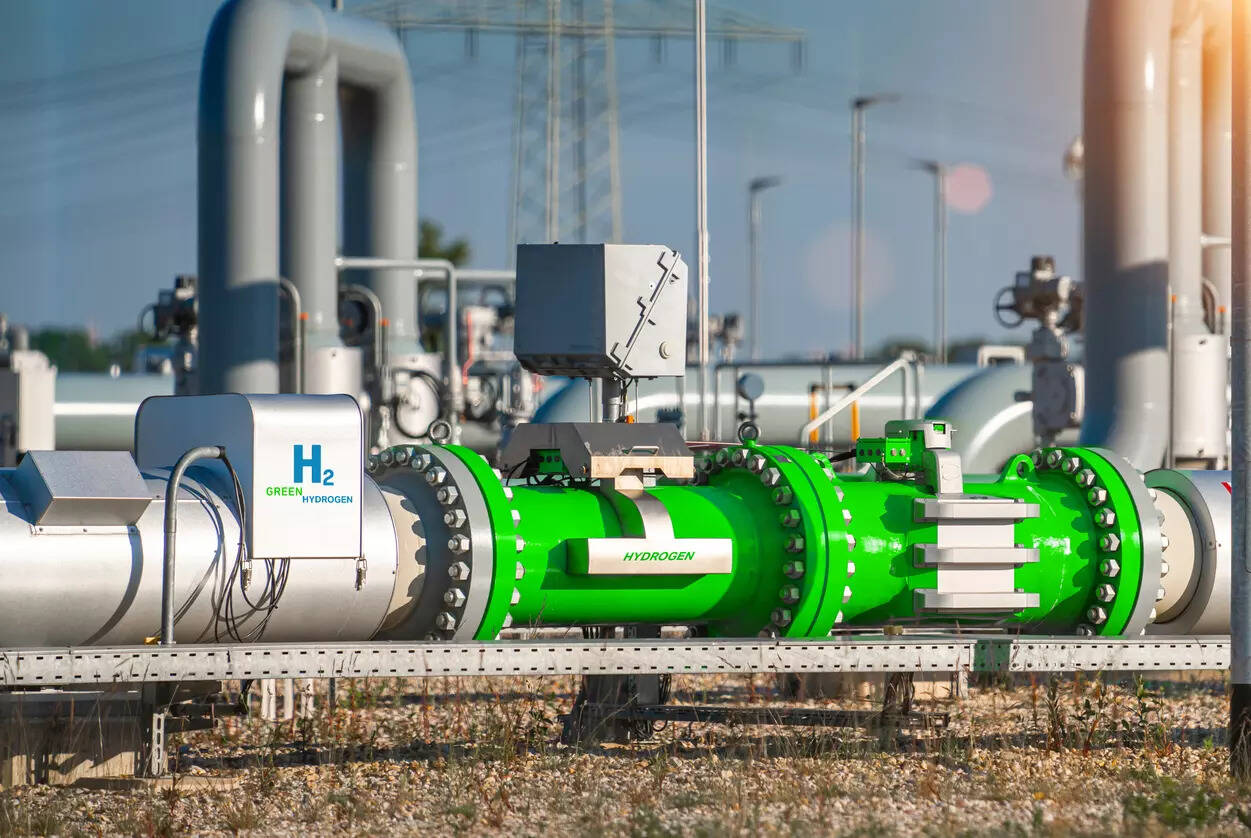
New Delhi: The Petroleum and Natural Gas Regulatory Board (PNGRB) organized a stakeholder interaction on March 7, 2024, focusing on the transmission of Green Hydrogen through Natural Gas pipelines.
PNGRB contemplates blending hydrogen with Natural Gas for transportation through the expansive Natural Gas transmission lines. With 33,000 km of authorized Natural Gas Transmission pipelines, 24,000 km are operational, linking regions abundant in renewable energy to major hydrogen-consuming centers like fertilizer plants, refineries, and heavy industrial sectors.
The stakeholder interaction marks a step towards achieving the Government of India’s target of 5 MMTPA Green Hydrogen production by 2030, aligned with its clean energy agenda through the National Green Hydrogen Mission. PNGRB’s efforts aim to reshape India’s energy landscape, fostering a sustainable future.
Insights from a collaborative study by PNGRB, the World Bank, and study partner ICF were presented, exploring “Pathways for Hydrogen Transmission in Natural Gas Pipelines and City Gas Distribution Networks.” Dr. Anil Kumar Jain, Chairperson of PNGRB, emphasized safety and infrastructure integrity, highlighting the commitment to formulating a global regulatory regime for Green Hydrogen transportation.
Stakeholders, including representatives from ministries, autonomous bodies, research institutions, and oil & gas entities, discussed the draft study report. Presentations from ICF, Petroleum and Explosives Safety Organization (PESO), GAIL (India) Limited, and Gujarat Gas Limited (GGL) showcased initiatives promoting Hydrogen in the country.
Since August 2023, PNGRB has undertaken a study, mapping hydrogen demand and supply, assessing pipeline compatibility, evaluating commercial aspects, identifying regulatory bottlenecks, and framing a roadmap till 2040 for rapid Hydrogen blending implementation in India.
The draft study predicts a surge in Hydrogen demand from 6-7 MMTPA to 16-18.5 MMPTA by 2040, primarily driven by ammonia, refineries, and the transport sector. Blending limits for various components were outlined, along with projected additional capital and operational expenditures.

